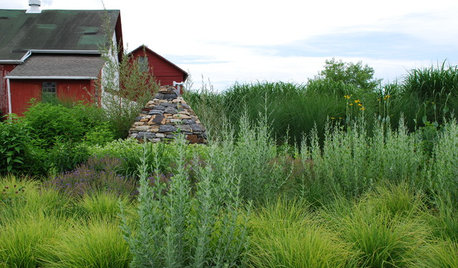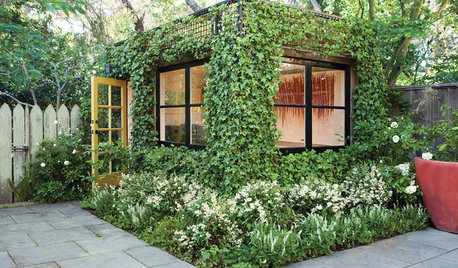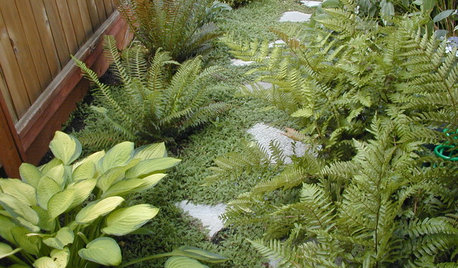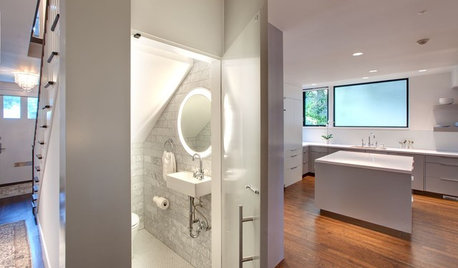Technical drip problem
rorser
11 years ago
Related Stories

ECLECTIC HOMESHouzz Tour: Problem Solving on a Sloped Lot in Austin
A tricky lot and a big oak tree make building a family’s new home a Texas-size adventure
Full Story
GARDENING GUIDESHow to Install a Drip Irrigation System
Save time and water with a drip watering system in your vegetable garden — a little patience now will pay off later
Full Story
HOUSEKEEPING10 Problems Your House May Be Trying to Show You
Ignore some of these signs and you may end up with major issues. We tell you which are normal and which are cause for concern
Full Story
CHRISTMAS10 Quick Solutions for Last-Minute Holiday Problems
Sail right by potential decorating, hosting and gift-giving pitfalls with these invaluable nick-of-time tricks
Full Story
LANDSCAPE DESIGNProblem Solving With the Pros: An Abundant Garden Stretches Its Means
Swaths of resilient, eye-catching plants thrive with little care or resources in the landscape of a Pennsylvania farmhouse
Full Story
REMODELING GUIDES9 Hard Questions to Ask When Shopping for Stone
Learn all about stone sizes, cracks, color issues and more so problems don't chip away at your design happiness later
Full Story
HOUSEKEEPINGProtect Your House From Winter Water Damage
Avoid costly repairs by learning to spot potential problem areas before water damage is done
Full Story
URBAN GARDENS11 Inspiring Vertical Gardens
No yard? No problem. Create a lush greenscape on the wall
Full Story
LANDSCAPE DESIGN6 Great Ways With Garden Ground Covers
Use them as problem solvers, weed killers, color and texture providers ... ground cover plants have both practical and visual appeal
Full Story
BATHROOM DESIGNLight-Up Mirrors Offer Bright Design Solutions
If you're taking a dim view of a problem bathroom area, try the flash of design brilliance that is the electric mirror
Full StoryMore Discussions




lehua49
rorserOriginal Author
Related Professionals
Danbury Landscape Architects & Landscape Designers · Windham Landscape Architects & Landscape Designers · Baltimore Landscape Architects & Landscape Designers · Tempe Landscape Contractors · Chattanooga Landscape Contractors · Desert Hot Springs Landscape Contractors · Framingham Landscape Contractors · Haverhill Landscape Contractors · Kailua Landscape Contractors · New Cassel Landscape Contractors · Plantation Landscape Contractors · Sammamish Landscape Contractors · Shafter Landscape Contractors · Cocoa Beach Solar Energy Systems · Lodi Solar Energy Systemslehua49
rorserOriginal Author
lehua49
rorserOriginal Author
lehua49
rorserOriginal Author
dirtydoug
rorserOriginal Author
Joel Strehle